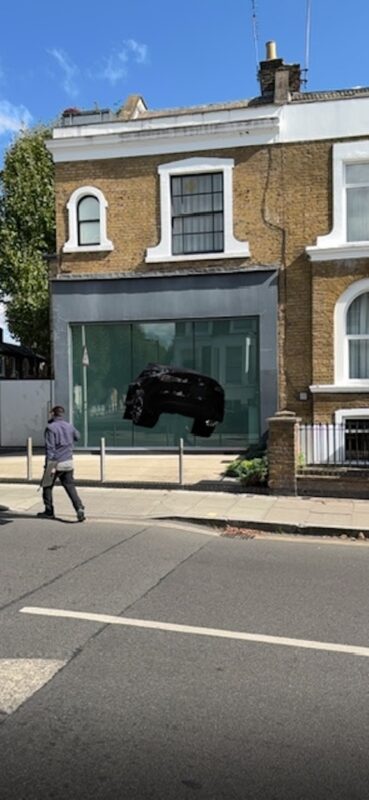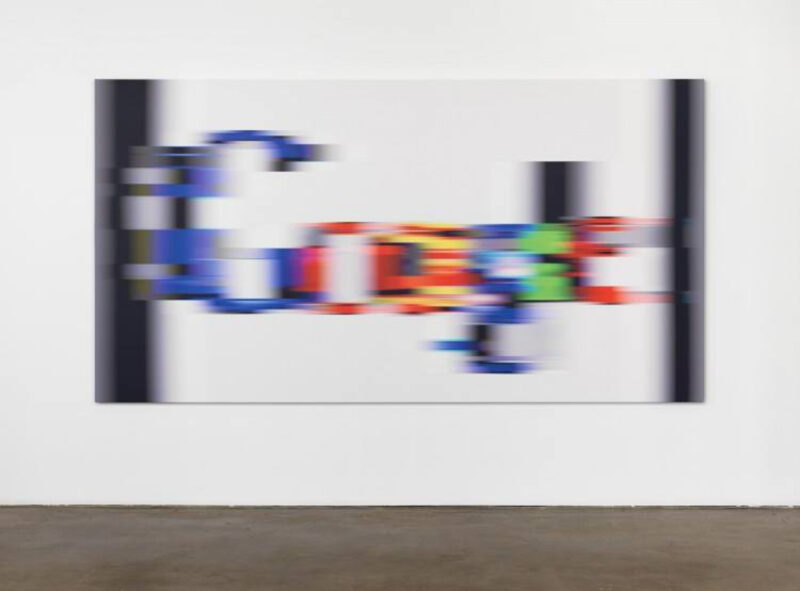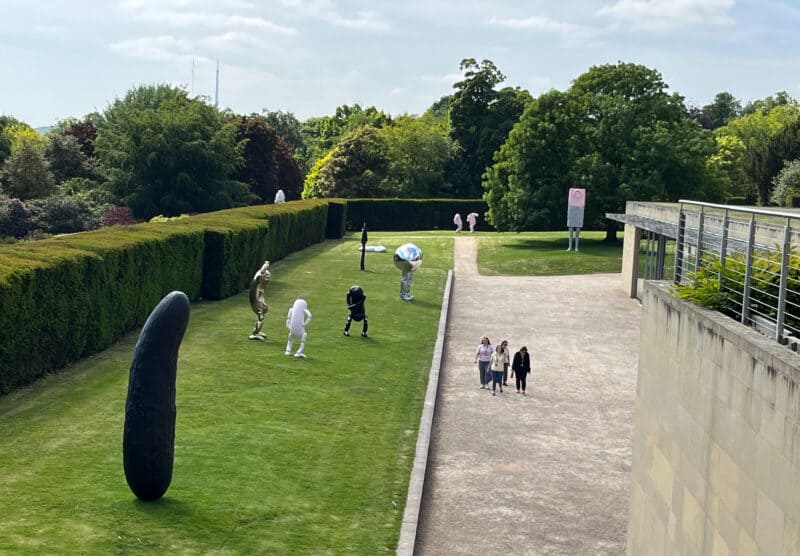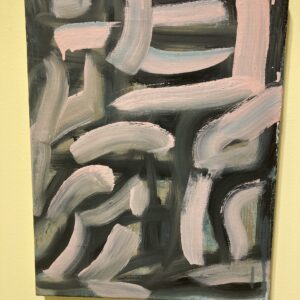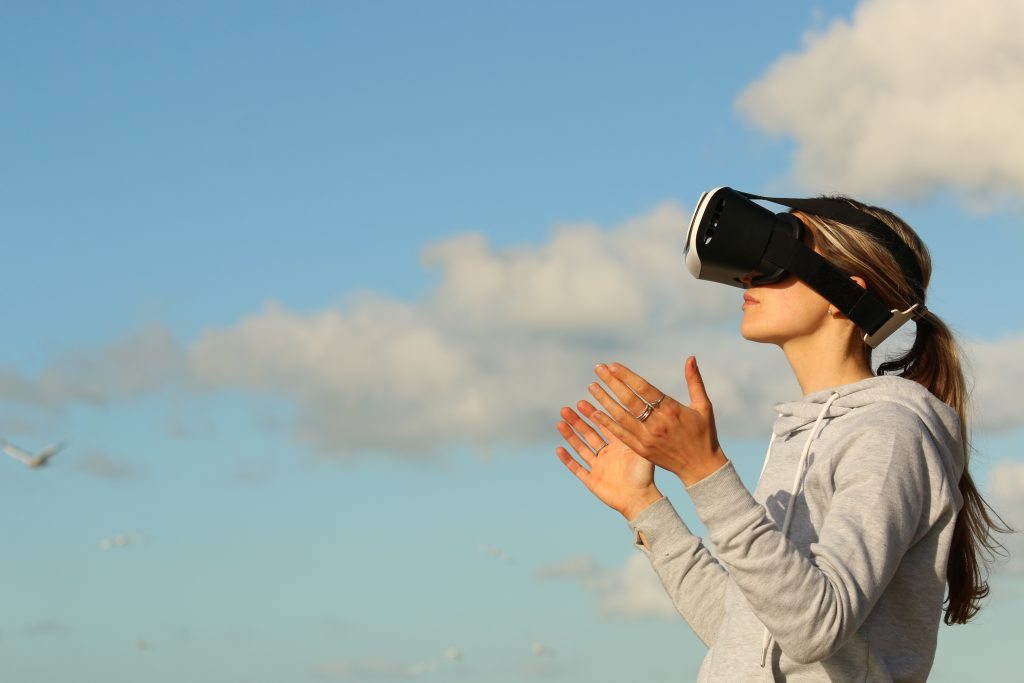
Augmented Reality is said to have gotten its big break with the introduction of Pokémon GO but, truth be told, artists have been experimenting with the Augmented Reality medium for far longer than the popular game has existed. Although the game may have brought AR to a mass audience, the technology and those working with it has been around for several years.
The annual art fair, Kinetica, which is this year celebrating its 10th anniversary, is a great example of boundary pushing artists embracing technology like AR and new media in general. Exhibits for this year’s anniversary show included work, talks, and performances exploring “virtual and augmented reality technologies as a gateway to changing perceptions,” as the Kinetica Museum explains. There is definitely an AR craze in the arts and culture scene at the moment, all aiming to change how we see, experience, and interact with art and the world around us.
Our Already Augmented Reality
Aside from Pokémon GO, AR has been showing up almost everywhere as of late. It’s being used in supermarkets to show deals and discounts, billboard advertisements, and it’s being used effectively in online marketing. Even e-commerce is benefiting from AR, allowing shoppers to try out products before purchase, such as IKEA’s Augmented Reality Catalog or Converse’s Sampler App. It just seems to be a trend that was destined to happen in the digital era, since the majority of us never go anywhere without our cell phones. As we become more and more familiar with this technology, we are entering a time that is ripe for experiencing pretty much everything through this medium, even art. And this trend is impacting how art is created, displayed, and consumed.
AR as a Different Way to Experience the World Around Us
Though the most recent, this year’s Kinetica is not the only exhibition exploring augmented reality. The ARt: Augmented Reality exhibition, which was shown at the Boston Cyber Arts Gallery from September 17th to October 30th, 2016, also displayed incredible work that utilizes this medium. The show was comprised of three main works: Drawing Constellations by Will Pappenheimer, where people could draw and those drawings would be uploaded as a 3D “constellation” moving and evolving before them; Defending Virtual, by Joseph Farbrook, which is an installation with a $100 bill lying on a pedestal, defended by an AR arm holding a gun; and Green Street & AR, which is a location specific, immersive experience where people come to this location that is completely overlayed with AR. These works beg the audience to look again and look deeper, as the real essence cannot be seen with a mere glance.
Similar to these artists, the work of Josue Abraham calls people into an experience of art that completely changes the world around them. His exhibit, Virtualidades, displayed in the Galeria Merida in Mexico, allows sculpture to come to life, pushing the boundaries for what is possible with sculpture and takes sculpture and those observing it beyond the physical realm. It ushers viewers into a whole new world to be appreciated and explored.
AR as a New Distribution Form for Art
What is really interesting about the AR experience is how immersive and engaging it is. This engagement factor is something that Stu Campbell, or Sutu, really draws on in his work. Campbell regards AR as a “new distribution platform for art,” and his work is making real strides in the medium. In 2014 he created his comic Modern Polaxis, which explores the use of AR within storytelling. His most recent work, Prosthetic Reality, is a collaboration with Lukasz Karluk, and is a publication of work from 45 different artists from all over the world in a similar book format. In order to see the artwork come to life, the readers need to download the EyeJack app (available for iOS and Android) in order to experience the animation and sounds that imbue the works with meaning. Ultimately, for Campbell, this is all about creating art that creates a new experience. AR offers an incredibly immersive and interactive experience of an artwork, where the public are not merely passive ob

